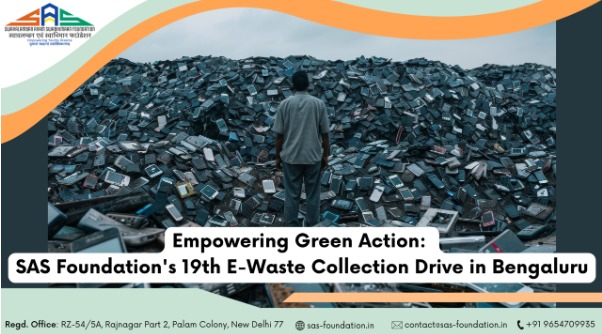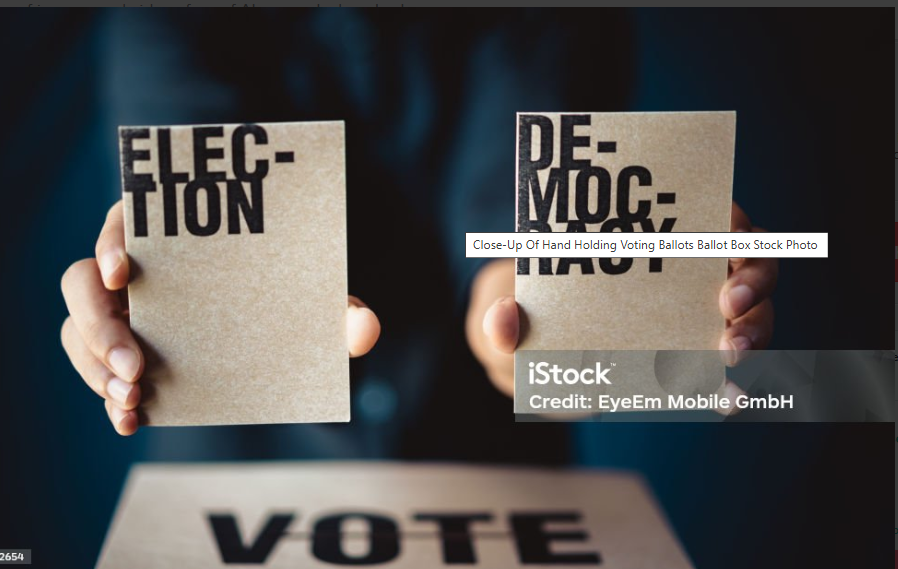Are Governments Doing Enough? Rethinking Policy and Action in the E-Waste Crisis
Every year, the world discards more than 50 million tons of electronic waste (e-waste) — laptops, mobile phones, servers, appliances, and gadgets that once symbolized innovation now pile up in landfills or burn in toxic heaps. And the number keeps rising, driven by shorter product lifespans, fast-paced tech upgrades, and consumer convenience.
But the consequences are enormous. Toxic heavy metals, rare earth elements, and plastics seep into our air, water, and soil. Informal recyclers — often children and low-wage workers — are exposed to dangerous conditions. Meanwhile, valuable materials worth billions are lost each year, buried instead of recovered.
As the e-waste mountain grows, one question becomes more urgent than ever:
Are governments doing enough to tackle the crisis?
🌍 Why Government Action Matters
E-waste isn’t just a corporate or consumer problem — it’s a policy problem too. Governments hold the power to:
- Set regulations for proper disposal
- Enforce penalties for illegal dumping
- Promote recycling infrastructure
- Encourage circular economy practices
- Educate citizens about responsible e-waste behavior
In short, governments shape the ecosystem in which sustainable behaviors either flourish or fail.
And while some progress is being made globally, we’re still far from where we need to be.
🔍 What’s Working – and What’s Not
✅ The Good News:
Many countries are taking steps toward responsible e-waste management.
- The European Union’s WEEE Directive (Waste Electrical and Electronic Equipment) sets a global example, mandating that manufacturers take responsibility for recycling.
- Countries like Japan and South Korea have implemented advanced take-back schemes and recycling technologies.
- In India, the E-Waste (Management) Rules were introduced to bring extended producer responsibility (EPR) into play, making brands accountable for post-consumer waste.
These regulations are a step in the right direction, creating formal structures for collection, recycling, and reporting.
❌ The Gaps:
However, challenges remain — especially in developing countries:
- Enforcement is weak. Many informal recyclers still operate without oversight.
- Awareness is low. Citizens often don’t know where or how to recycle.
- Infrastructure is limited. Certified e-waste recycling facilities are few and far between.
- Monitoring and data reporting are inconsistent, making it hard to measure progress.
And perhaps most concerning — penalties for violations are rarely applied, making compliance optional rather than mandatory.
🏛️ What More Can Governments Do?
If we are to truly turn the tide, governments must act with urgency and intent. Here’s what that could look like:
1. Strengthen Enforcement
Regulations without action are just words. Governments need to invest in monitoring, increase inspections, and impose real consequences for non-compliance — especially for manufacturers who avoid their EPR responsibilities.
2. Fund Public Collection Points
Governments can subsidize drop-off points for e-waste in cities, towns, and villages — much like bottle returns or old battery boxes. Make it easy, visible, and accessible for the public.
3. Support the Informal Sector
In many countries, informal recyclers do the heavy lifting — often in hazardous conditions. Instead of ignoring or criminalizing them, governments can train and integrate them into formal systems with health protections and legal recognition.
4. Offer Tax Breaks or Incentives
Encourage companies and households to recycle through:
- Buy-back programs
- Discounts for trade-ins
- Tax deductions for responsible disposal
Public-private partnerships can power these programs, with government support.
5. Invest in Innovation
Invest in R&D for green recycling technologies, eco-design, and sustainable materials. Grants, fellowships, and accelerator programs can encourage tech-based startups to enter the space.
📢 Citizens and Corporates Need Clear Signals
Government policy doesn’t exist in a vacuum. It sends clear market signals to:
- Businesses, who will comply if it’s enforced and rewarded
- Consumers, who will act responsibly if they are aware and enabled
When policy is proactive and well-communicated, it creates a ripple effect:
Responsible behavior becomes the norm, not the exception.
But without clear leadership, even the most willing citizens or companies often feel stuck or unsupported.
🇮🇳 A Closer Look: India’s E-Waste Journey
India is now the third-largest producer of e-waste globally, after China and the US. With over 1.5 million tons generated annually (and rising), the country has made notable efforts to address it.
- The E-Waste Management Rules (2016) laid the groundwork for producer responsibility.
- In 2022, updated rules expanded the scope and introduced digital tracking mechanisms.
- Awareness campaigns like “Clean to Green” and “Digital India” are spreading the message.
Yet, over 90% of e-waste is still processed by the informal sector, often in unsafe ways.
India’s next leap must involve better on-ground implementation, integration of informal workers, and massive citizen education — especially in Tier-2 and Tier-3 towns.
💡 What Can You Do?
Whether you’re an individual, a policymaker, or a business leader, you have a role to play:
👩💼 For Citizens:
- Learn where to recycle electronics locally
- Don’t dump or burn old gadgets — find certified recyclers
- Join awareness drives or workshops
🏢 For Businesses:
- Comply with EPR obligations
- Partner with certified e-waste handlers
- Educate your employees and customers
🧑⚖️ For Governments:
- Don’t just write rules — enforce them
- Invest in infrastructure, not just bureaucracy
- Create real incentives for recycling, not just penalties for pollution
🚀 The Time Is Now
The challenge of e-waste is no longer tomorrow’s problem. It’s here and now, affecting our health, our environment, and our future.
Government policies can either accelerate sustainability or delay much-needed action. But with collective will, cross-sector collaboration, and public accountability, we can turn this crisis into a model of circular innovation and responsible stewardship.
Because when governments act with purpose, citizens respond with power.
📖 Want more insights like this?
👉 Subscribe to our newsletter on LinkedIn: https://lnkd.in/gfeaFC2v
Together, let’s push for a stronger, greener, and more responsible tomorrow. 🌍♻️










